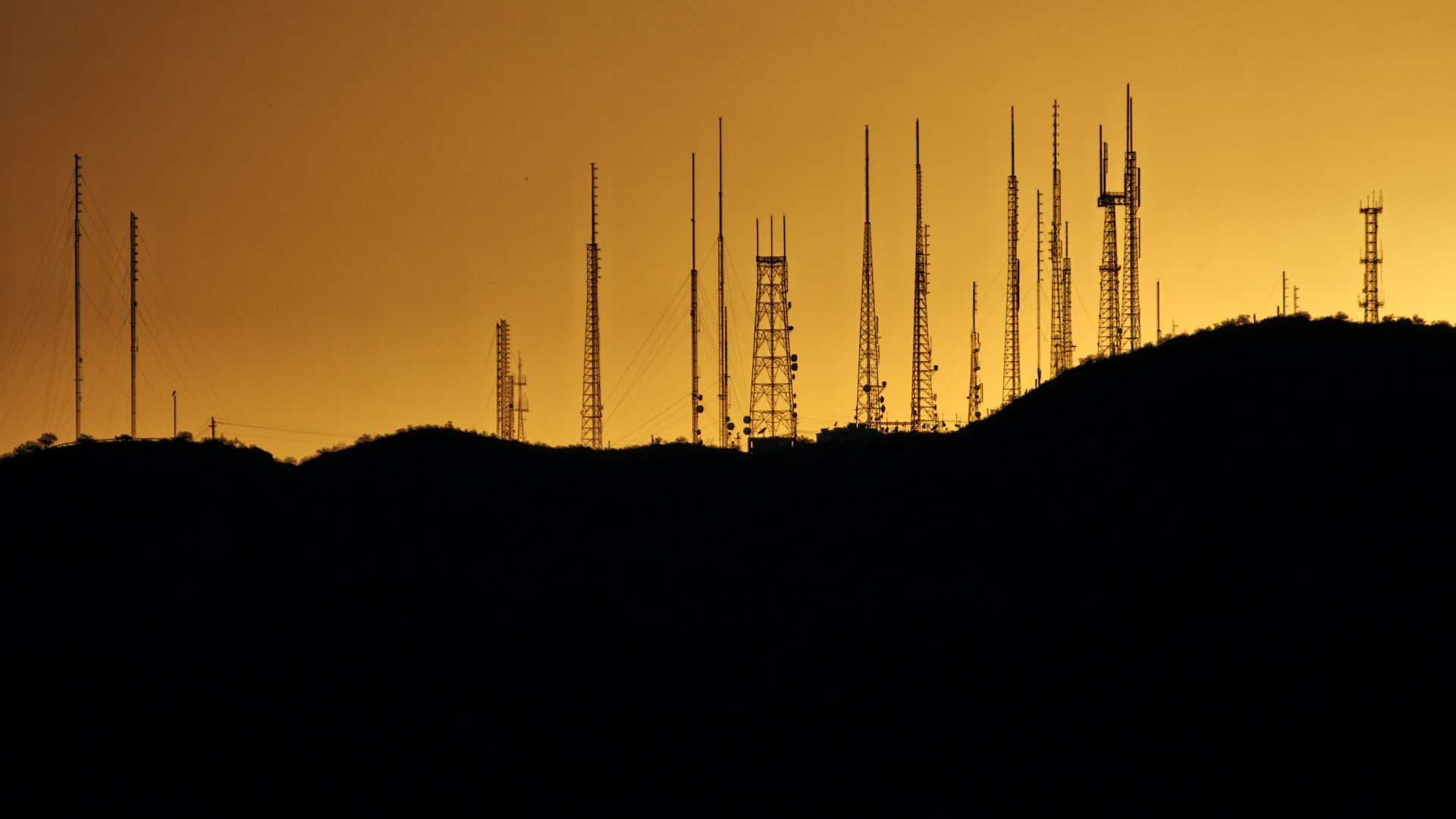- Vodacom’s latest financial results indicate that the telecom, one of the largest on the continent, has spent over R4.3 billion in efforts to mitigate the effects of loadshedding.
- The Group reported increased revenues for the quarter, yet its headline earnings per share fell to 948 cents.
- Vodacom is not alone in its loadshedding woes, as telecoms like MTN and Telkom have spent billions ensuring customers can still access mobile networks during blackouts.
South Africa’s telecommunication companies have had to spend billions on ensuring that their infrastructure remains operational during loadshedding. The first five months of 2023 have had the most power cuts in the country’s history, as Eskom’s electricity crisis continues seemingly without an end or solution.
“The sustained levels of loadshedding has been disastrous for the South African economy and the industry as a collective,” Vodacom Group CEO Shameel Joosub shared in the financial statement.
In its latest financial results [PDF] for the year ending 31st March 2023, Vodacom says it has spent over R4 billion on backup power for its infrastructure since 2020. This includes the costs of batteries, generators, diesel, extra-ordinary maintenance due to power outages, and added security.
In the past financial year alone, the company says it spent a further R300 million to keep its towers running when the lights go out which in Stage 6 can be for four-hour blocks at a time.
Vodacom made R18.1 billion in the latest financial year, a 2.1 percent increase from 2022. That year it saw a 3.9 percent increase in its profits compared to the year prior. Vodacom’s capital expenditure also increased 12.6 percent to 16.5 billion.
Despite increased revenues and net profit for 2023 compared to previous years, the company’s headline earnings per share fell to 948 cents, compared to 1 103 cents the previous year – a 6.4 percent decrease.
The company attributes this loss to start-up losses in the Ethiopian arm of Safaricom and higher net finance charges experienced in general.
Joosub adds that the company is confident that the so-called “virtual wheeling” pilot – the moving of electricity from within a country’s grid to outside that grid’s boundaries – it has pioneered with Eskom will be signed off “in the near term.”
“This will have a significantly positive impact on the country’s power grid and ultimately on the over 20 000 towers across the industry that require a reliable power supply to operate optimally.”
Earlier this year, fellow telecom giant MTN reported that it had invested R1.5 billion in maintaining its infrastructure during extended bouts of loadshedding. This investment included the installation of solar power, batteries and generators across MTN’s over 3 000 towers in South Africa.
Smaller provider Telkom said it lost R2.5 billion in Q3 2022 due to loadshedding-related expenses. It spent an additional R150 million in that same period to keep its infrastructure running during outages. CEO Serame Taukobong announced that Telkom had launched a series of cost-saving programmes to deal with rising costs related to loadshedding. These include a restructuring of employees.
Other telecoms, like the cash-strapped Cell C, are simply ridding themselves of their infrastructure in order to save costs related to maintenance and seemingly endless outages. South Africa is currently on rotating Stage 3 and Stage 6 loadshedding, but the likelihood of higher levels of blackouts is always high.
[Image – Photo by Troy Squillaci on Pexels]

